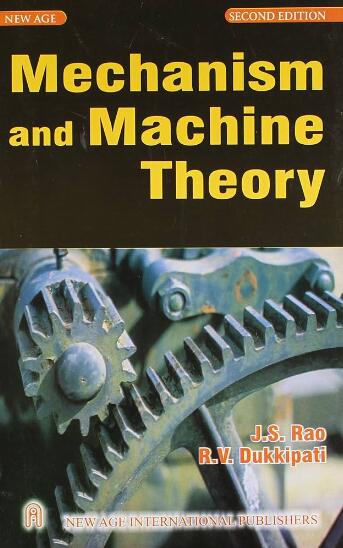Design and modeling of a multi-backbone continuum robot with a large extension ratio
IF 4.5
1区 工程技术
Q1 ENGINEERING, MECHANICAL
引用次数: 0
Abstract
Multi-backbone continuum robots (MBCRs), operated through parallel elastic rods, offer superior compliance compared to rigid robots and improved reliability over tendon-driven continuum robots. Despite their high performance in flexible manipulation, MBCRs have been underutilized on mobile robotic platforms due to packaging constraints. In this work, we present a novel MBCR design with a large extension ratio, comprising two extensible sections connected in series. Each section is equipped with intermediate constraints, providing significant length variability and omnidirectional bending capabilities. To analyze the robot’s kinematics, we develop a modeling approach based on Euler–Bernoulli beam theory and Lagrangian mechanics, enhanced with an optimization-based solution method. To validate our design and model, we construct an MBCR prototype with an extension ratio of 5.0. Both theoretical and experimental validations demonstrate that intermediate constraints significantly expand the workspace of the extensible sections and reduce the compressive force on the rods. Additionally, we evaluate the feasible space of the model and test the robot’s capability in path following, with an average deviation of only 1.3% when tracking a spatial helix path.

大延伸比多骨干连续机器人的设计与建模
与刚性机器人相比,多骨干连续体机器人(mbcr)通过平行弹性杆操作,具有更好的顺应性,并且比肌腱驱动的连续体机器人具有更高的可靠性。尽管mbcr在灵活操作方面表现优异,但由于封装限制,mbcr在移动机器人平台上的利用不足。在这项工作中,我们提出了一种具有大扩展比的新型MBCR设计,它由两个串联的可扩展部分组成。每一段都配备了中间约束,提供了显著的长度可变性和全方位弯曲能力。为了分析机器人的运动学,我们开发了一种基于欧拉-伯努利梁理论和拉格朗日力学的建模方法,并采用了基于优化的求解方法。为了验证我们的设计和模型,我们构建了一个扩展比为5.0的MBCR原型。理论和实验验证表明,中间约束显著地扩大了可扩展截面的工作空间,减小了杆的压缩力。此外,我们评估了模型的可行空间,并测试了机器人的路径跟踪能力,在跟踪空间螺旋路径时,平均偏差仅为1.3%。
本文章由计算机程序翻译,如有差异,请以英文原文为准。
求助全文
约1分钟内获得全文
求助全文
来源期刊

Mechanism and Machine Theory
工程技术-工程:机械
CiteScore
9.90
自引率
23.10%
发文量
450
审稿时长
20 days
期刊介绍:
Mechanism and Machine Theory provides a medium of communication between engineers and scientists engaged in research and development within the fields of knowledge embraced by IFToMM, the International Federation for the Promotion of Mechanism and Machine Science, therefore affiliated with IFToMM as its official research journal.
The main topics are:
Design Theory and Methodology;
Haptics and Human-Machine-Interfaces;
Robotics, Mechatronics and Micro-Machines;
Mechanisms, Mechanical Transmissions and Machines;
Kinematics, Dynamics, and Control of Mechanical Systems;
Applications to Bioengineering and Molecular Chemistry
 求助内容:
求助内容: 应助结果提醒方式:
应助结果提醒方式:


